Home>Furniture & Design>Bathroom Fixtures>How To Calculate A Shower Tile Square Footage
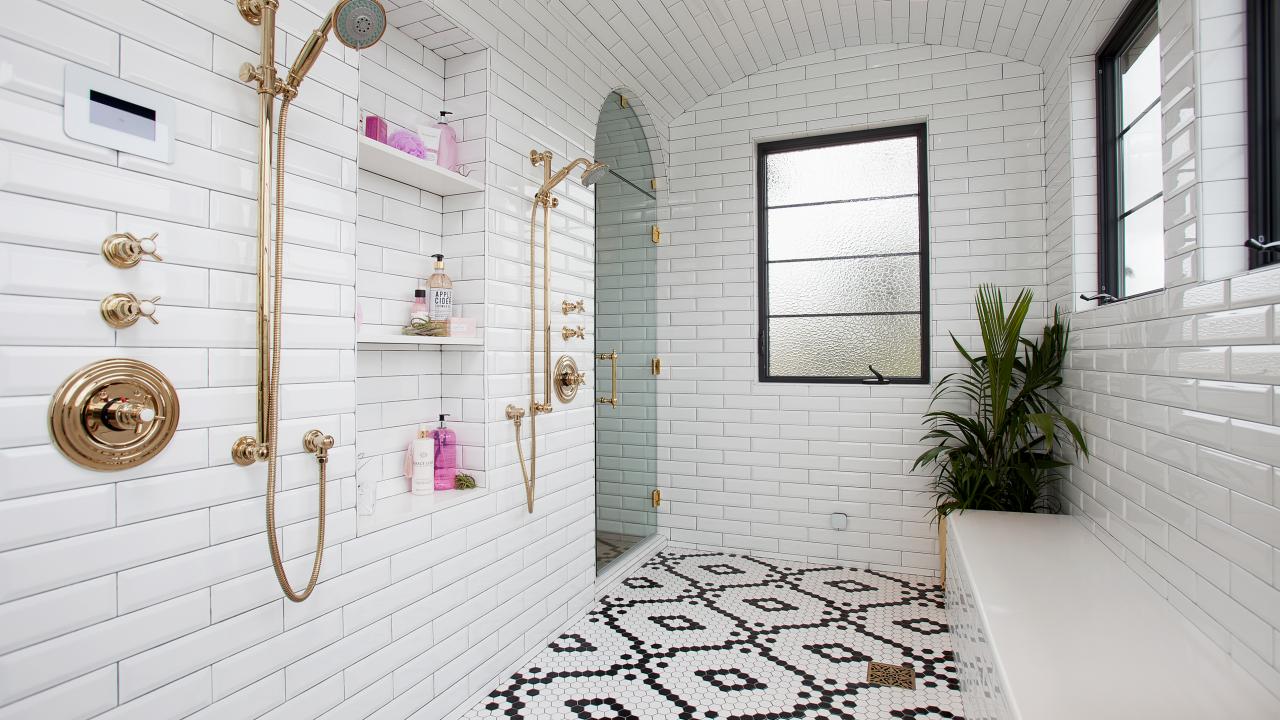

Bathroom Fixtures
How To Calculate A Shower Tile Square Footage
Modified: January 24, 2024
Learn how to calculate the square footage for shower tile installation in your bathroom. Get expert tips on bathroom fixtures and tile measurements.
(Many of the links in this article redirect to a specific reviewed product. Your purchase of these products through affiliate links helps to generate commission for Storables.com, at no extra cost. Learn more)
Introduction
Welcome to the ultimate guide on calculating the square footage of shower tiles. Whether you’re embarking on a bathroom renovation project or simply upgrading your shower, understanding the intricacies of tile square footage is paramount for a successful and visually appealing outcome. In this comprehensive article, we will delve into the fundamentals of tile square footage, explore the process of measuring the shower area, and walk through the steps to accurately calculate the total square footage needed for your tiling project.
By the end of this guide, you will possess the knowledge and confidence to tackle your shower tiling project with precision and efficiency. So, let’s roll up our sleeves and dive into the fascinating world of shower tile square footage!
Key Takeaways:
- Measure the shower area meticulously, including walls, floor, and any unique features, to accurately calculate the total square footage needed for your tiling project.
- Factor in a 10% overage when calculating the total square footage to accommodate cuts, breakage, and future repairs, ensuring you have enough tiles for your shower tiling project.
Read more: How To Calculate Attic Square Footage
Understanding the Basics of Tile Square Footage
Before delving into the specifics of calculating shower tile square footage, it’s important to grasp the fundamental concepts underlying this crucial aspect of tiling projects. When it comes to tiling a shower, the square footage of the area to be tiled is a key consideration. This measurement serves as the foundation for determining the quantity of tiles needed, adhesive requirements, and grout amounts.
Tile square footage refers to the total area that will be covered by tiles. The process of calculating this square footage involves meticulous measurement and precise calculations to ensure that you procure the right amount of tiles for your project. It’s essential to account for the intricacies of the shower area, including walls, floors, and any unique features such as niches or benches.
Furthermore, understanding the concept of overage is crucial when it comes to tile square footage. Overage refers to the additional tiles that should be purchased to accommodate cuts, breakage, and future repairs. It’s recommended to factor in a surplus of approximately 10% when calculating the total tile square footage to ensure that you have an ample supply of tiles to account for unexpected contingencies.
Additionally, the size and layout of the tiles play a significant role in determining the square footage required. Larger tiles cover more area per tile, potentially impacting the overall quantity needed. Conversely, smaller tiles may necessitate more tiles to cover the same area, influencing the total square footage calculation.
By familiarizing yourself with these foundational principles of tile square footage, you are equipped with the knowledge needed to embark on the next steps of measuring the shower area and accurately calculating the total square footage required for your tiling project.
Measuring the Shower Area
Before diving into the exciting world of tile selection and design, it’s essential to start with accurate measurements of the shower area. Precise measurements are the cornerstone of a successful tiling project, ensuring that you procure the right amount of tiles and materials while minimizing waste and unnecessary expenses.
Begin by gathering the necessary tools for measuring the shower area. A reliable tape measure, pencil, and paper are indispensable for this task. It’s also beneficial to have a calculator on hand to facilitate the subsequent calculations.
When measuring the shower area, it’s vital to break down the space into distinct sections, including the walls and the floor. For the walls, measure the height and width of each wall separately, taking into account any variations in dimensions due to architectural features such as alcoves or windows. Record these measurements diligently, marking each wall with a unique identifier to avoid confusion during the calculation process.
Next, focus on measuring the shower floor. Similar to the walls, the floor should be divided into sections to capture any irregularities in shape or size. Measure the length and width of the floor, noting any protrusions or recesses that may impact the tile layout.
It’s important to measure the shower curb, if applicable, as this component contributes to the overall square footage. Additionally, if your shower incorporates niches, benches, or other features, measure each of these elements to ensure comprehensive coverage in your calculations.
Throughout the measuring process, attention to detail is paramount. Ensure that all measurements are precise and accurately recorded, as even slight discrepancies can lead to miscalculations in the total square footage required for tiling.
By meticulously measuring the shower area and documenting the dimensions of each section, you are laying the groundwork for a seamless and successful tiling endeavor. With these measurements in hand, you are now ready to embark on the exhilarating journey of calculating the total square footage needed for your shower tiling project.
To calculate the square footage of shower tile, measure the length and width of the shower walls and floor. Multiply the length by the width for each surface, then add the totals together for the total square footage.
Calculating the Total Square Footage Needed
With the precise measurements of your shower area in hand, it’s time to embark on the exhilarating process of calculating the total square footage needed for your tiling project. This step is crucial in determining the quantity of tiles required, allowing you to proceed with confidence and accuracy as you select the perfect tiles for your shower.
Begin by breaking down the measurements obtained into individual square footage calculations for each section of the shower area. For the walls, multiply the height of each wall by its corresponding width to obtain the square footage of each wall. If the walls are not perfectly rectangular, divide them into smaller, more manageable sections and calculate the square footage of each section separately. Summing these individual calculations will yield the total square footage required for the walls.
Similarly, calculate the square footage of the shower floor by multiplying the length by the width. If the floor consists of multiple sections, calculate the square footage of each section and then sum these values to obtain the total square footage for the floor.
When factoring in niches, benches, or other features, calculate their individual square footage and add these values to the total square footage required for the walls and floor. Additionally, include the square footage of the shower curb in your calculations to ensure comprehensive coverage of the tiling area.
Once the individual square footage calculations are complete, sum the total square footage for the walls, floor, and any additional features to obtain the grand total. It’s advisable to add a 10% overage to this final figure to account for cuts, breakage, and future repairs, ensuring that you have a sufficient quantity of tiles to cover the entire shower area with ease.
With the total square footage needed for your tiling project accurately calculated, you are now equipped to proceed with confidence as you explore tile options, patterns, and designs. Armed with this knowledge, you can make informed decisions when selecting tiles, adhesive, and grout, ultimately bringing your vision for the perfect shower to life with precision and flair.
Conclusion
Congratulations! You’ve now embarked on a journey through the intricacies of calculating shower tile square footage, equipping yourself with the knowledge and expertise needed to undertake a successful tiling project with confidence and precision. By understanding the basics of tile square footage, mastering the art of measuring the shower area, and calculating the total square footage required, you have laid a solid foundation for bringing your tiling vision to life.
As you venture into the realm of shower tiling, remember the importance of meticulous measurements, accurate calculations, and the inclusion of overage to accommodate unforeseen contingencies. These essential steps will ensure that you procure the right quantity of tiles and materials, minimizing waste and unnecessary expenses while achieving a flawless and visually stunning result.
Furthermore, armed with the knowledge of tile square footage, you can confidently explore a myriad of tile options, patterns, and designs, knowing that you possess the expertise to make informed decisions that align with your vision for the perfect shower. Whether you opt for timeless subway tiles, captivating mosaic patterns, or sleek and modern large-format tiles, your understanding of square footage will guide you in selecting the ideal tiles to transform your shower into a captivating oasis.
By embracing the principles outlined in this guide, you are poised to embark on a tiling journey that seamlessly blends creativity, precision, and expertise. With your newfound understanding of shower tile square footage, you are well-prepared to transform your shower into a stunning and functional space that reflects your unique style and vision.
So, armed with your measuring tape, calculator, and a dash of creativity, go forth and conquer your shower tiling project with confidence, knowing that you possess the knowledge and expertise to bring your vision to life with finesse and flair.
Frequently Asked Questions about How To Calculate A Shower Tile Square Footage
Was this page helpful?
At Storables.com, we guarantee accurate and reliable information. Our content, validated by Expert Board Contributors, is crafted following stringent Editorial Policies. We're committed to providing you with well-researched, expert-backed insights for all your informational needs.
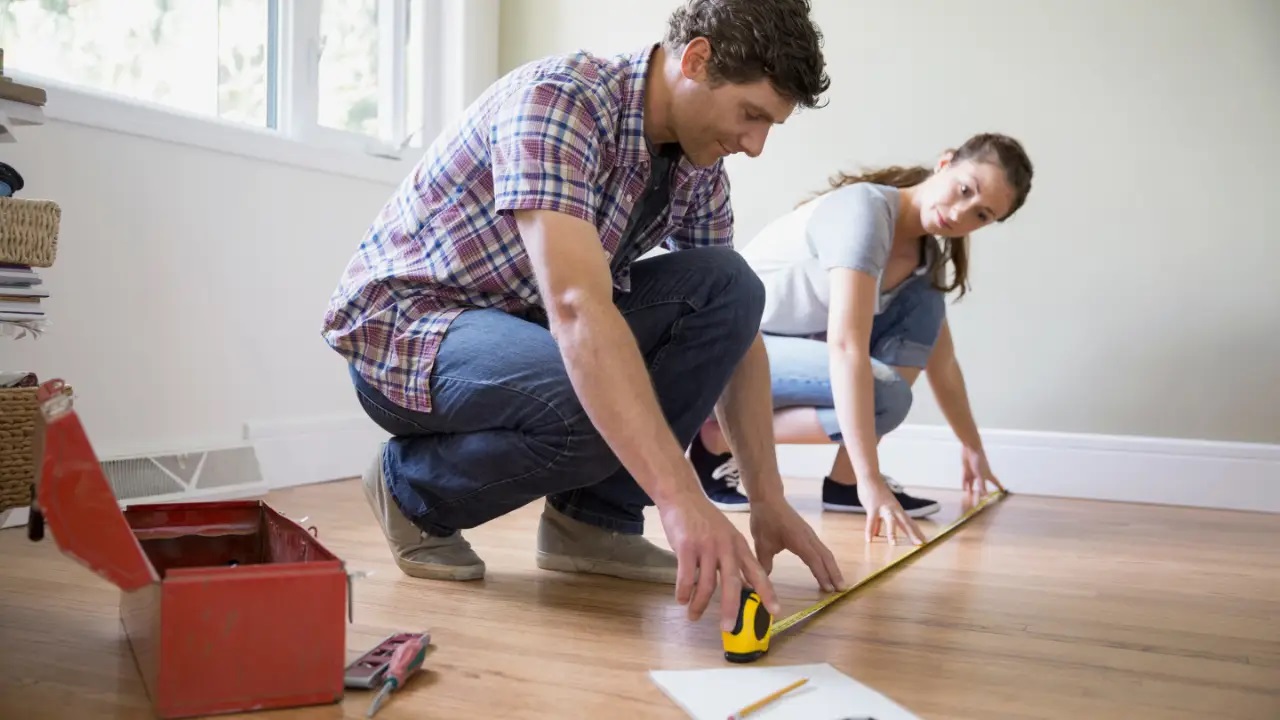
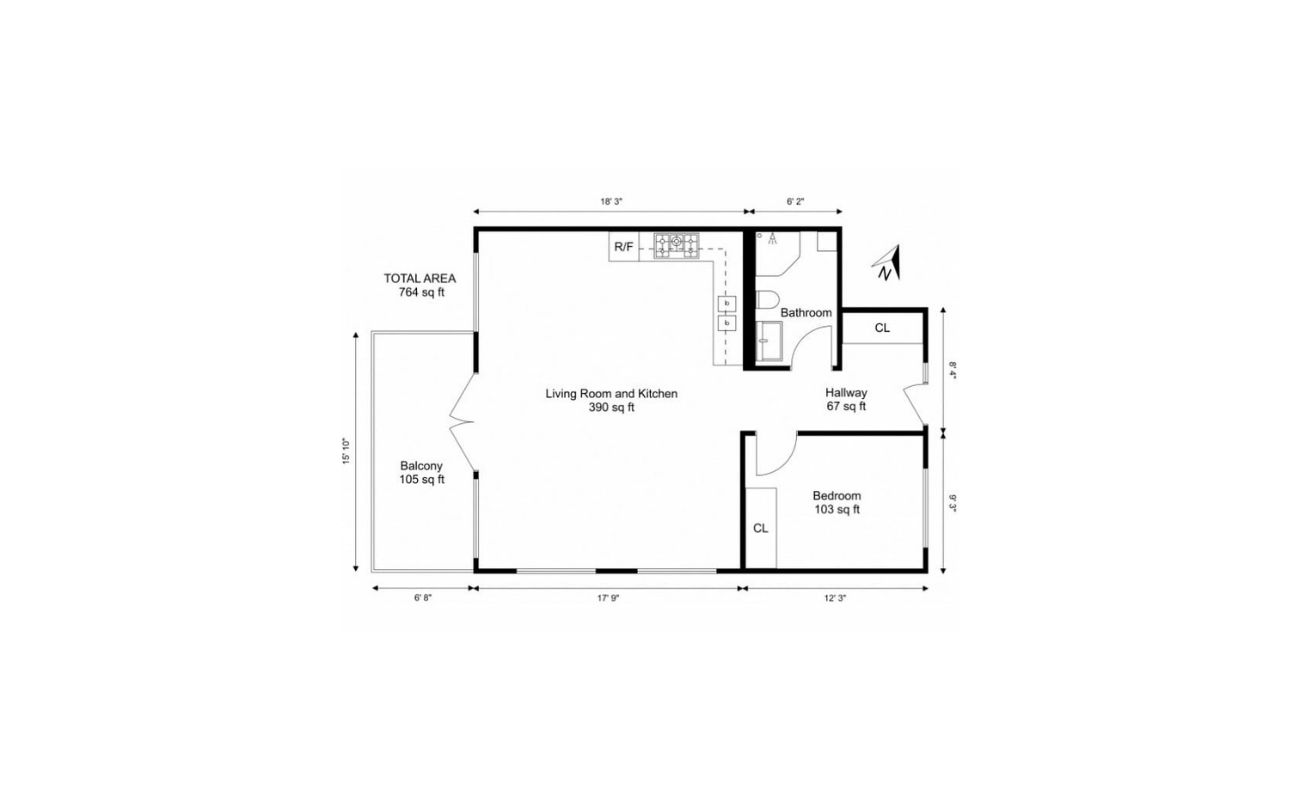
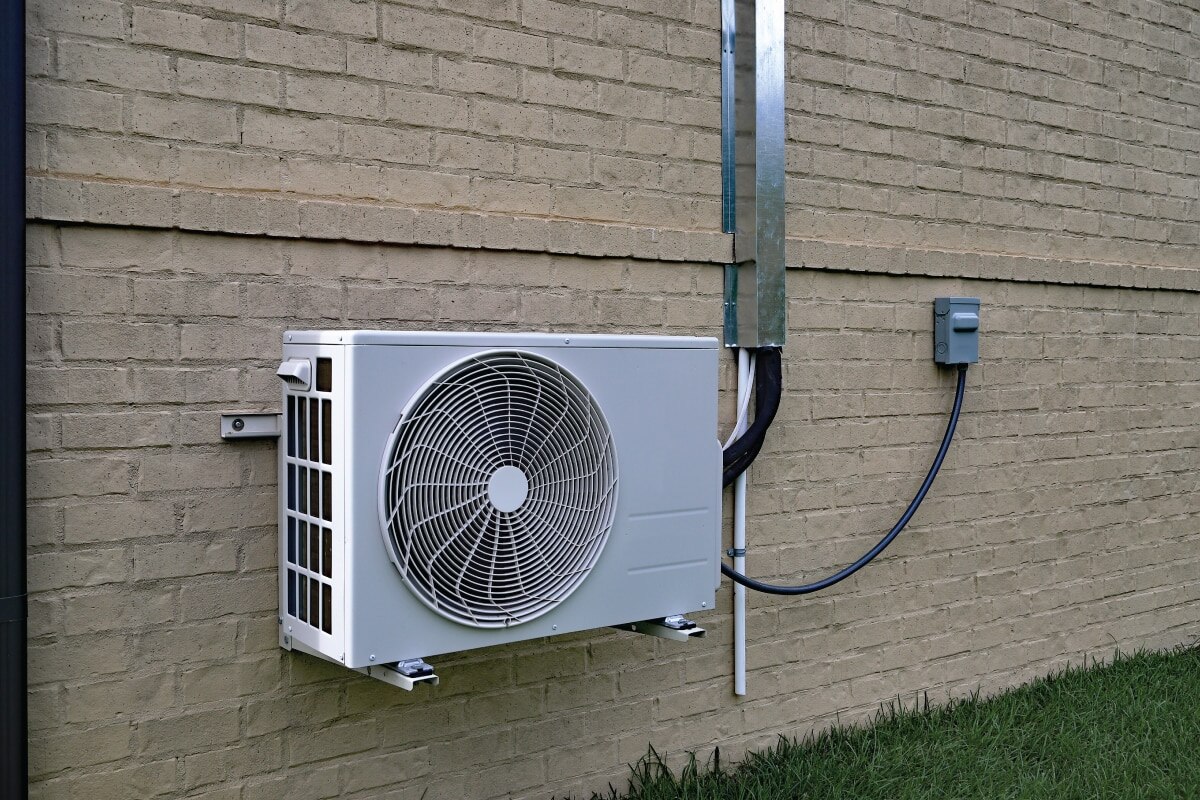

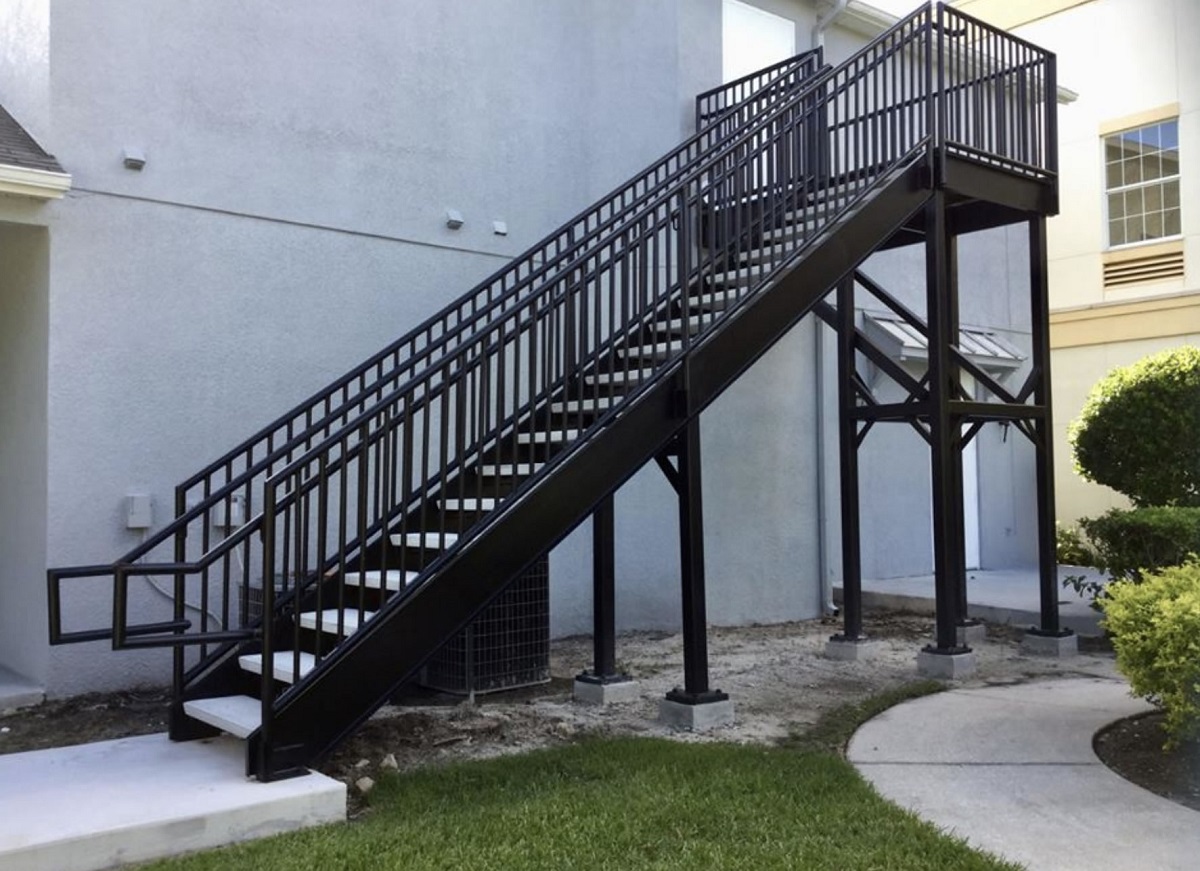
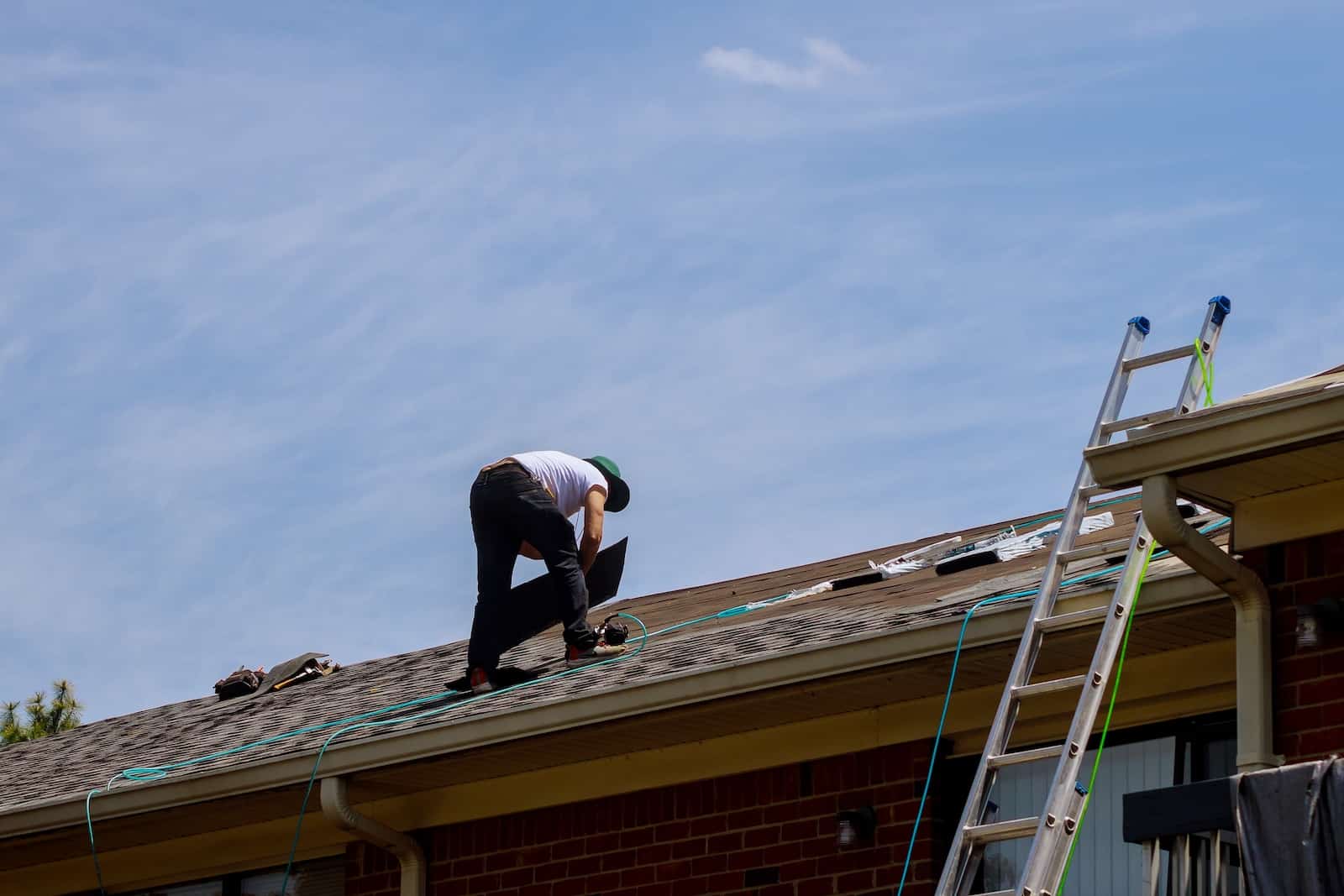
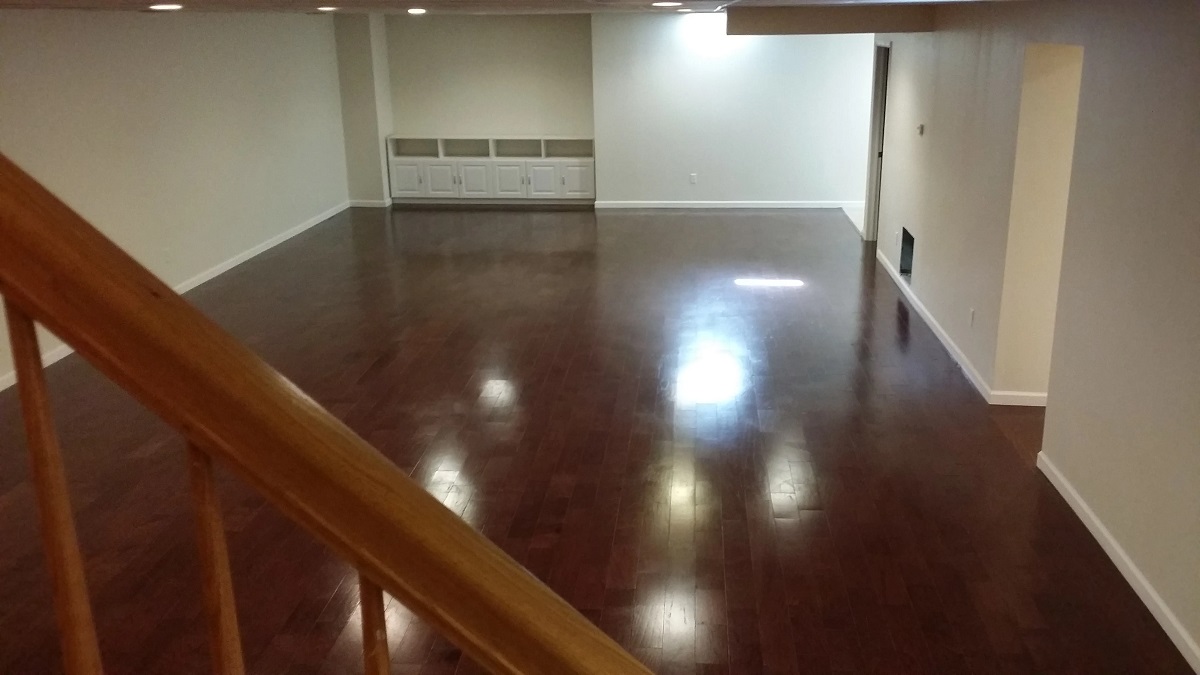
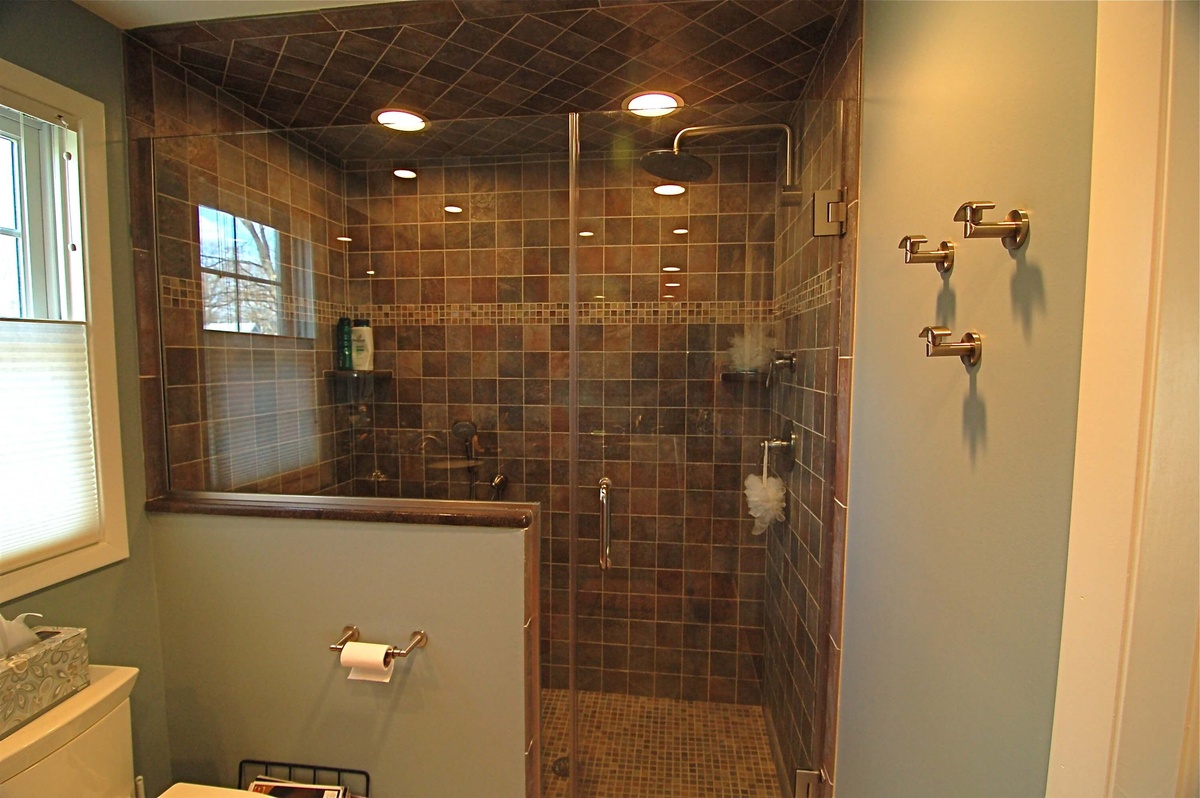
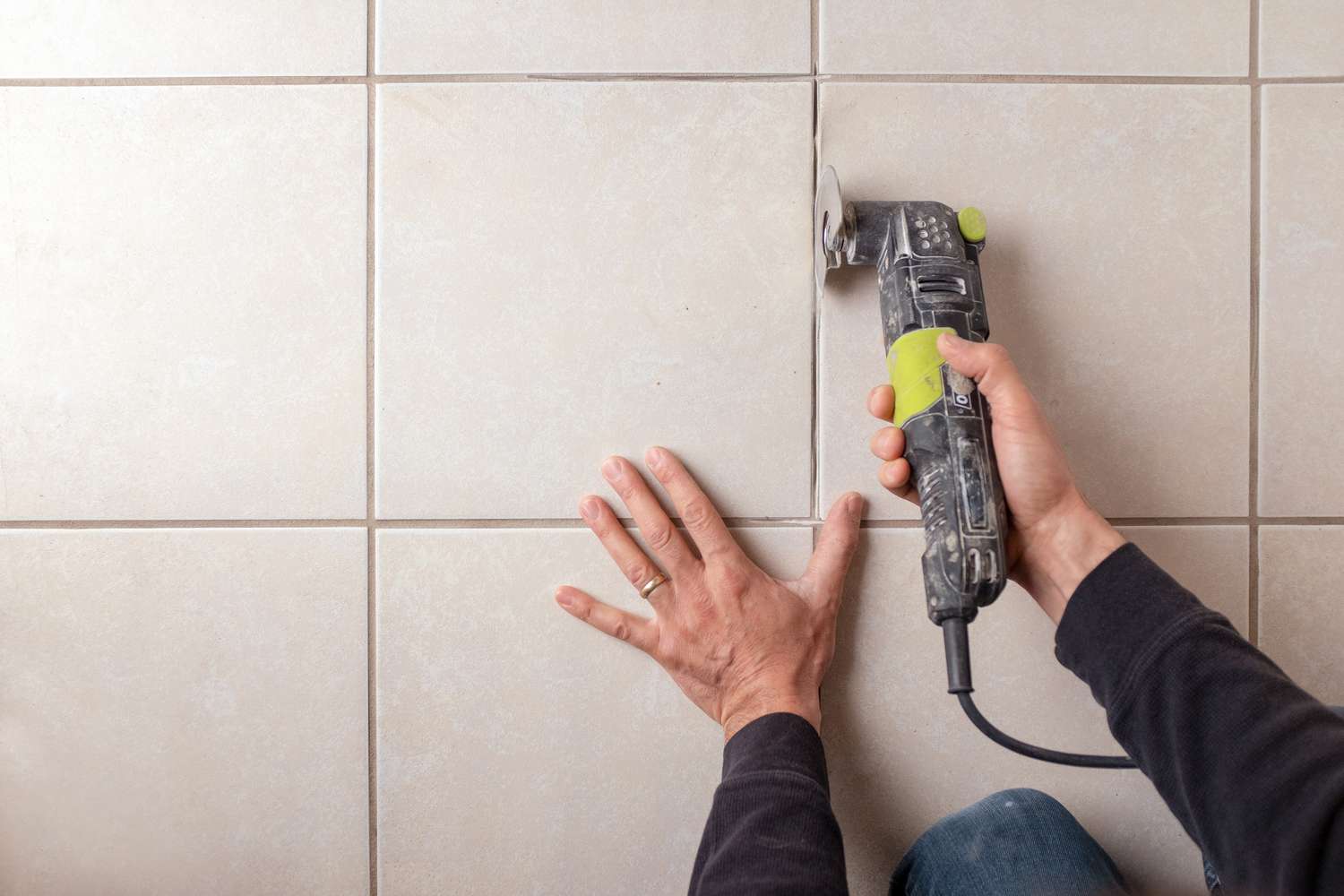
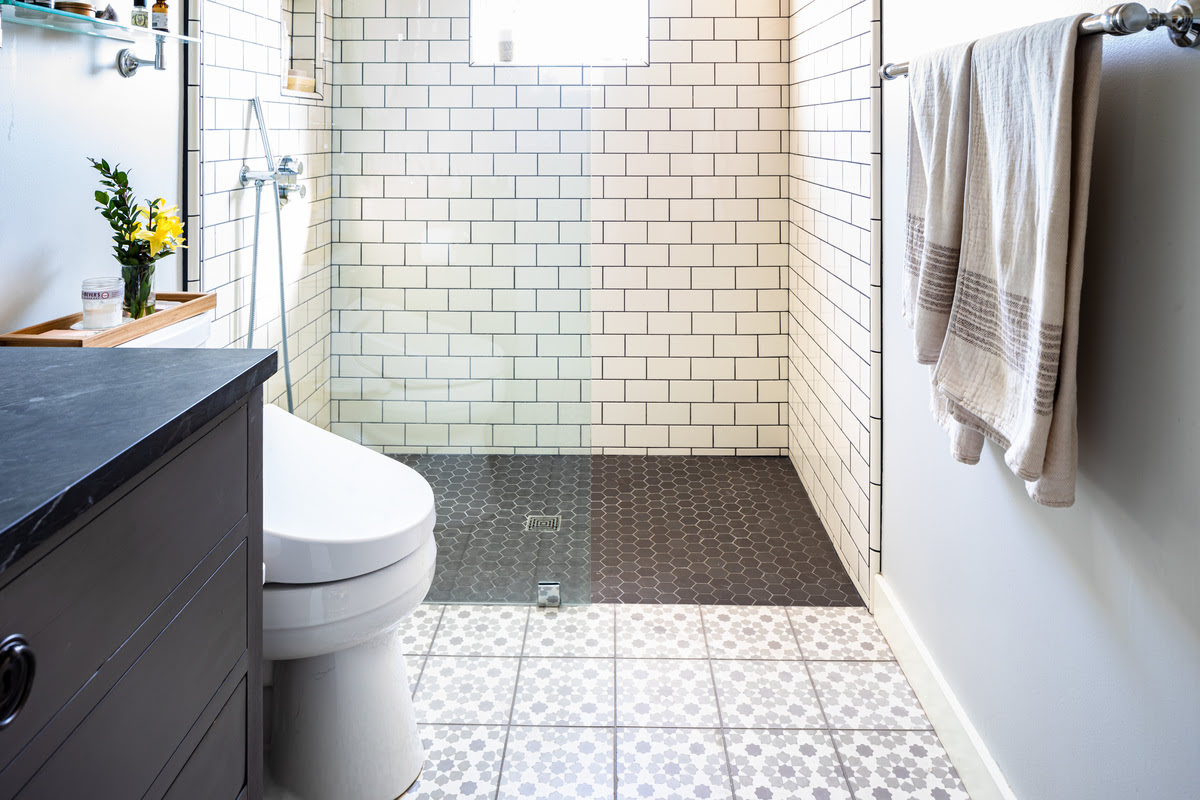
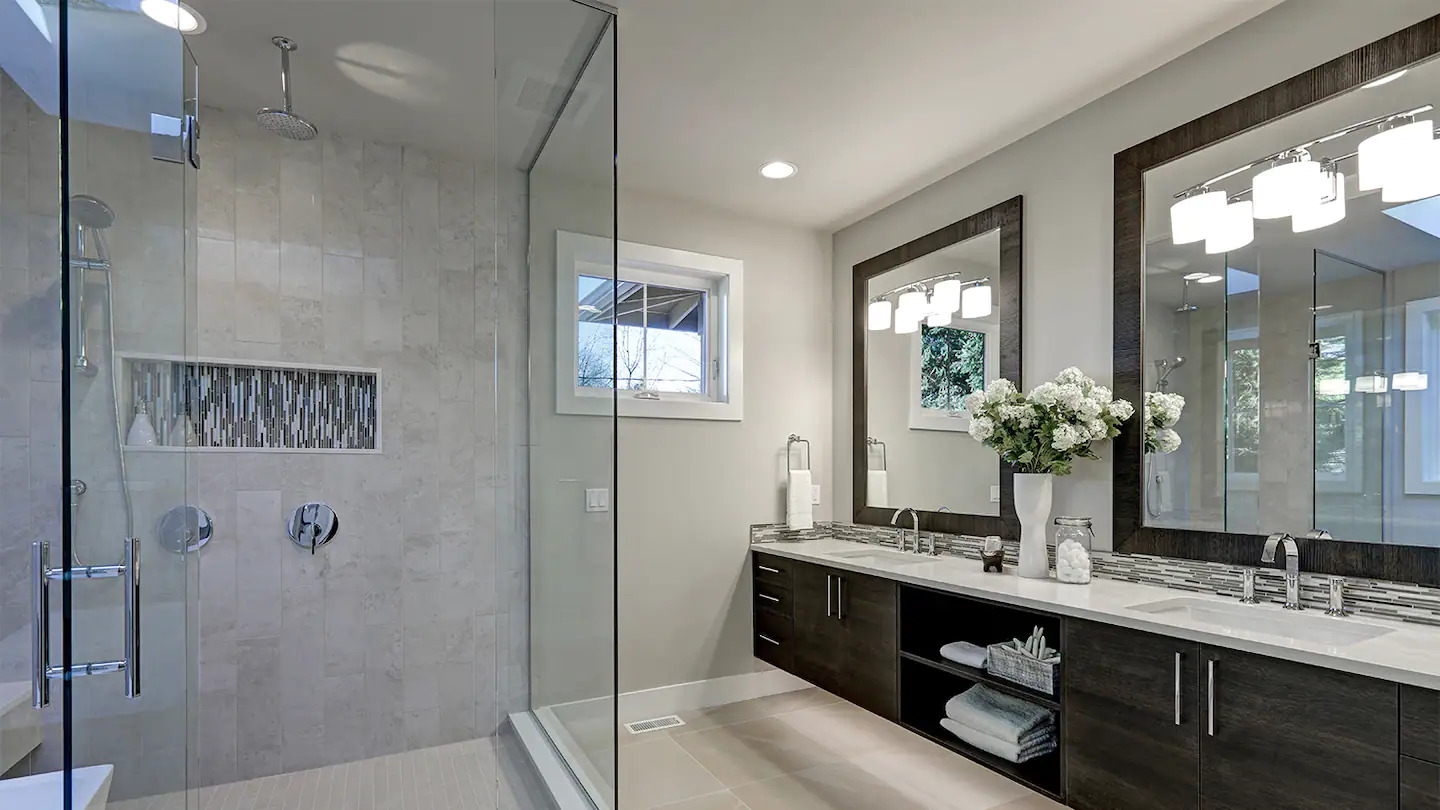
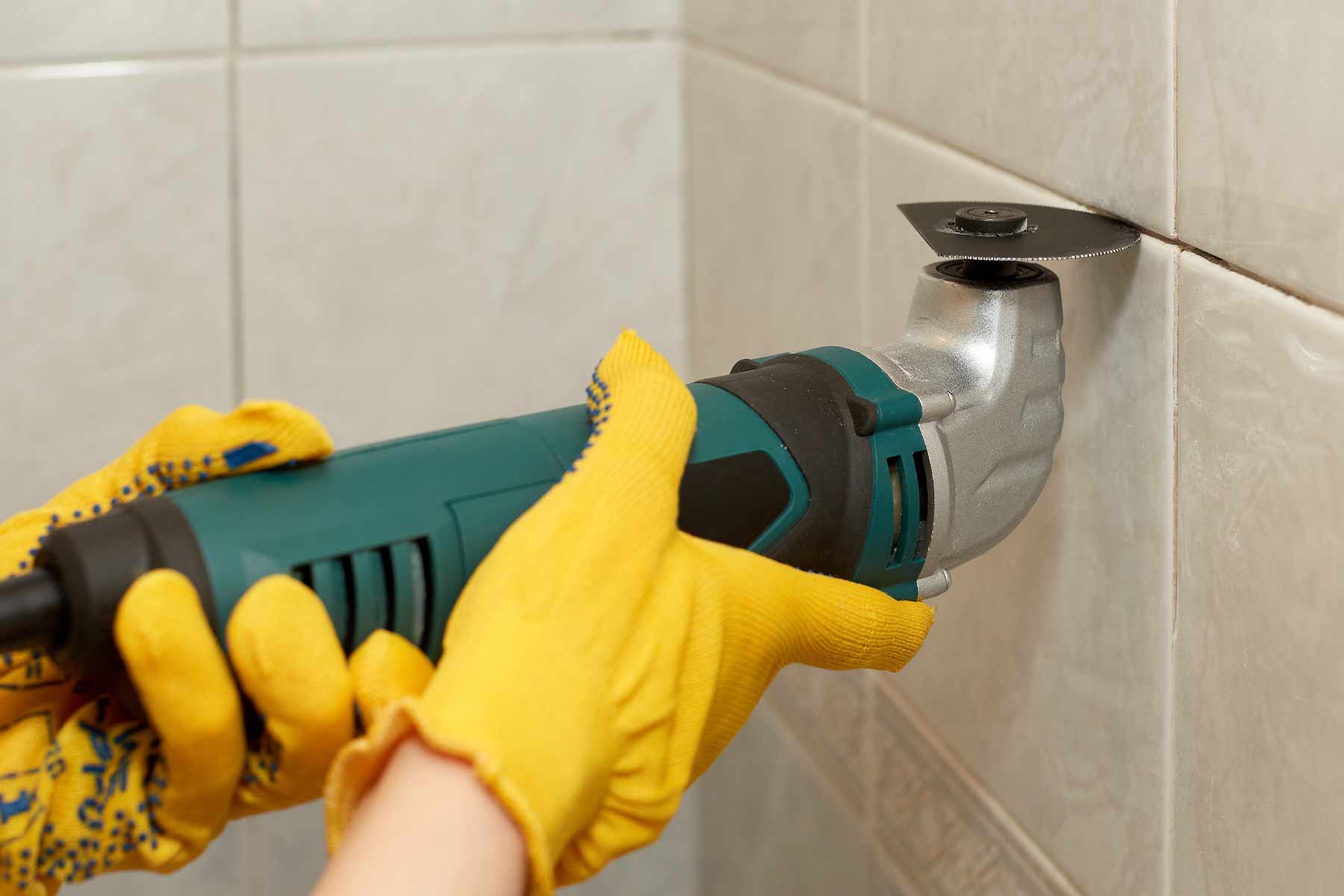
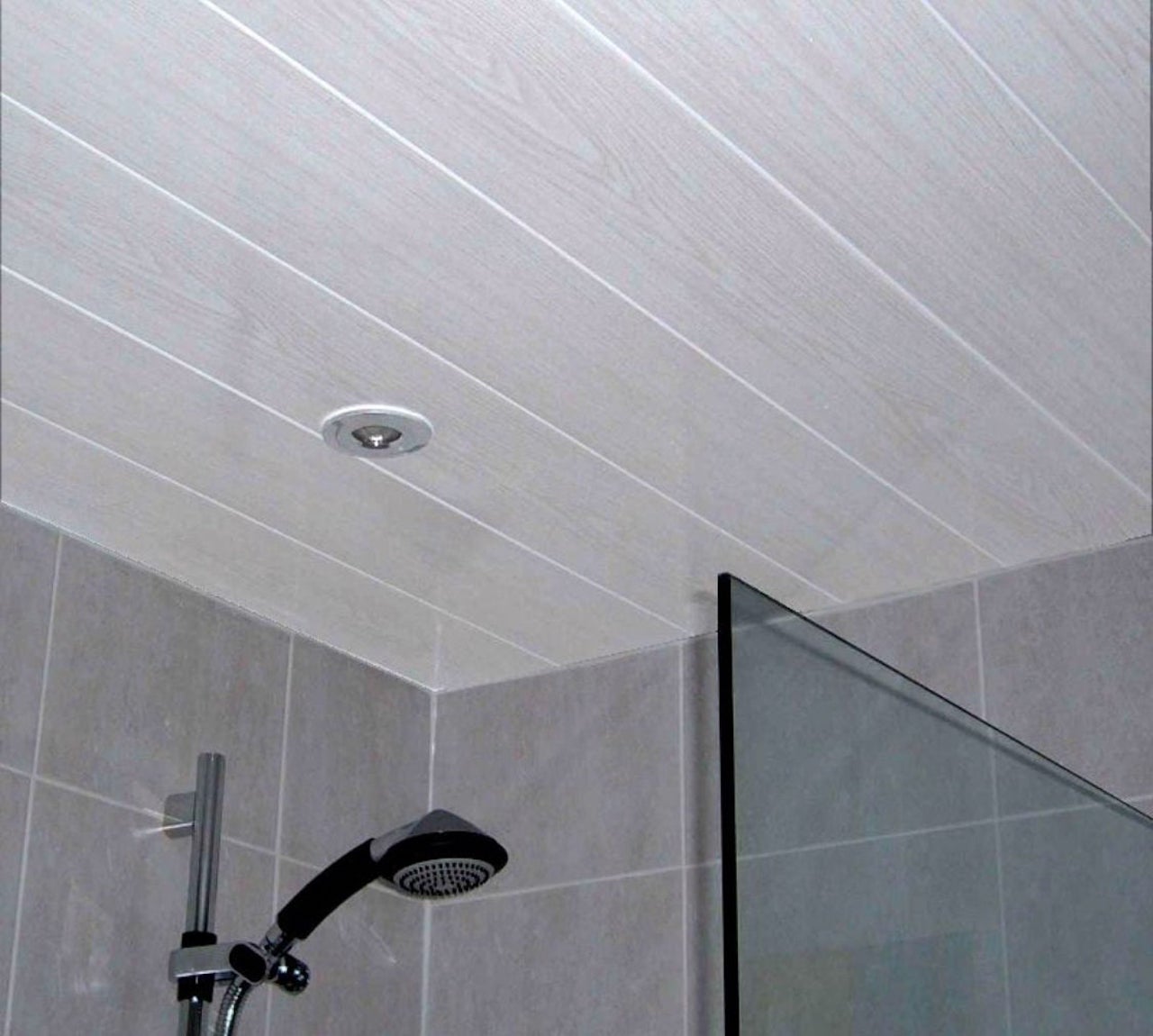
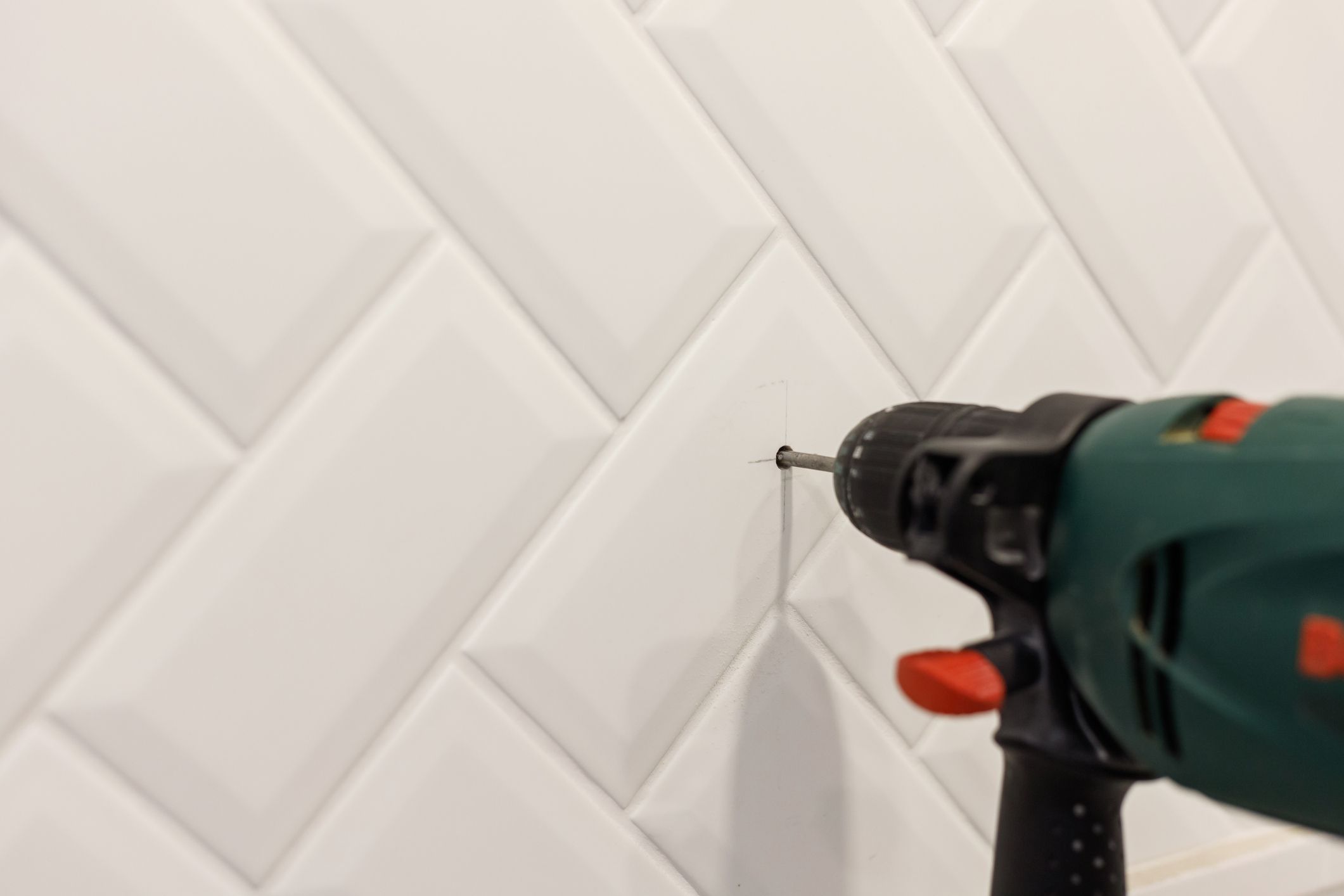
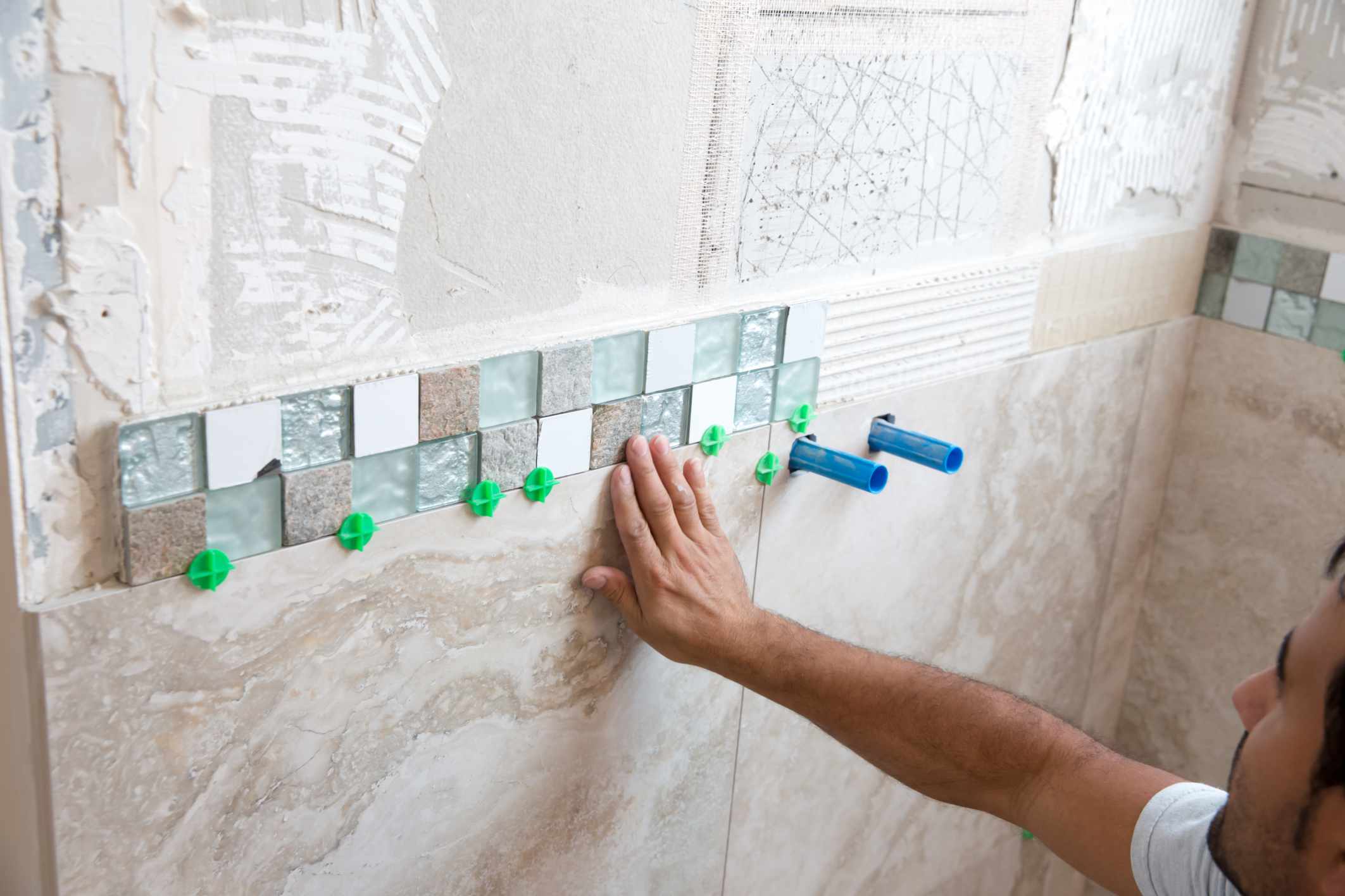

0 thoughts on “How To Calculate A Shower Tile Square Footage”